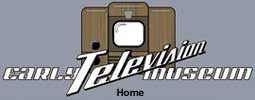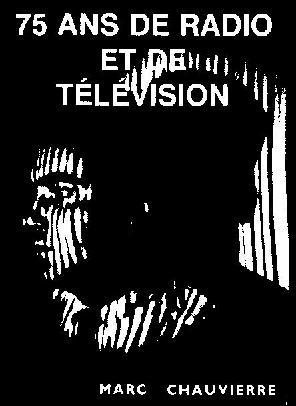 |
 |
60 line Nipkow disc camera
 |
 |
History
In 1930, Rene BARTHELEMY experimented in his C.D.C. laboratory in Montrouge, two techniques of catch of sight, which it uses for exploration in 30 lines, each one having its advantages and its disadvantages.
One of it, also used by John L. BAIRD in London, is the 'Flying Spot'.
With this technique, the subject to be televised is plunged in total darkness and a thin spot of intense light coming from an arc lamp , sweeps it face, exploring all contours.
See below a photo taken during such scanning experiment (studio of Marc CHAUVIERRE.1932).

The camera design and realization required more than 1500 work hours and required various knowledges in optics, photomultiplier characteristics, mechanics and electronics.
Characteristics of the prototype
- This camera uses the catch of sight in diffuse light technique. It is equipped with a 60 holes Nipkow disc driven by a synchronous motor at 1500 rpm.b
- The sensitivity of the machine is considerably higher (+1.000.000) than that of its ancestor, thanks to the use of a photomultiplier tube to replace the old photocell. Because of its great sensitivity, the camera circuitry include an electronic protection to prevent an accidental overload of ambient light that may damage the photomultiplier tube. In the same way, the backdoor actuates a switch with the opening, in order to protect the photomultiplier from an inopportune entry of light inside the machine.
- This mechanical camera is the only operational machine of this type in France. A cathodic monitor can be connected to it, for purposes of image control and demonstration.